Discover the Big Wild Goose Pagoda in Xian China
On our tour of Xian, our group next headed of to discover and explore the Big Wild Goose Pagoda. It is located in the southern suburbs of Xian City. The Big Wild Goose Pagoda is an ancient building standing in the Da Ci’en temple grounds.
The Temple Da Ci’en, which means Great Maternal Grace, was originally build in AD589, then rebuilt AD647 in memory of Empress Wende, mother of Li Zhi who later became the Tang Emperor Gaozong.
The temple complex is divided into three parts: the Big Wild Goose Pagoda, the Da Ci’en Temple and the North Square of the Big Wild Goose Pagoda.
History of the Big Wild Goose Pagoda
Big Wild Goose Pagoda was originally built in 652 during the reign of Emperor Gaozong of the Tang Dynasty (618-907), as a repository for Buddhist materials brought back from India by the Heirarch Xuanzang, a Buddhist monk, translator and traveler. The Big Wild Goose Pagoda then had only five stories and stood at a height of 54m. When this building collapsed fifty years later the ruling Empress Wu Zetian had the pagoda rebuilt and added five new stories by the year 704 AD.
A huge earthquake in 1556 badly damaged the pagoda reducing it to its current height of seven stories. The structure has a slight lean to it of several degrees to the west. The Big Wild Goose Pagoda was repaired during the Ming Dynasty (1368-1644) and renovated again in 1964. The height of the pagoda is 64m (210 ft) tall and it provides a view of Xian city from the top.
Inside the Wild Goose Pagoda the walls are engraved with statues of Buddha by a Tang Dynasty artist Yan Liben. Steles by noted calligraphers from the Tang Dynasty era, are also a feature inside the Pagoda.
Discover Xian – the ancient Bell Tower and Drum Tower
Entering the temple grounds you will see the Bell Tower in the east and Drum Tower in the west. In the Bell Tower hangs an iron bell weighing 15 tons. It was molded in 1548 in the Ming dynasty. The Drum tower has a very large drum which is covered in ox-hide and weighs 1.5 tons. This drum has a stomach diameter of 3.43 meters, and is 1.80 meters in height.
Along the central axis lies the Hall of Mahavira in which there are three carved statues of Sakyamuni, and 18 arhats as well as Xuanzang; then the Sermon Hall where the Buddhist disciples would listen to sermons; the Big Wild Goose Pagoda and the Hall of Xuanzang Sanzang.
The Hall of Xuanzang Sanzang is north of Big Wild Goose Pagoda and has a bronze statue of a seated Xuanzang. The inner wall is chiseled with an amazing mural depicting this heirarch’ story. The wall is very impressive, with rich colors and so exquisitely detailed.
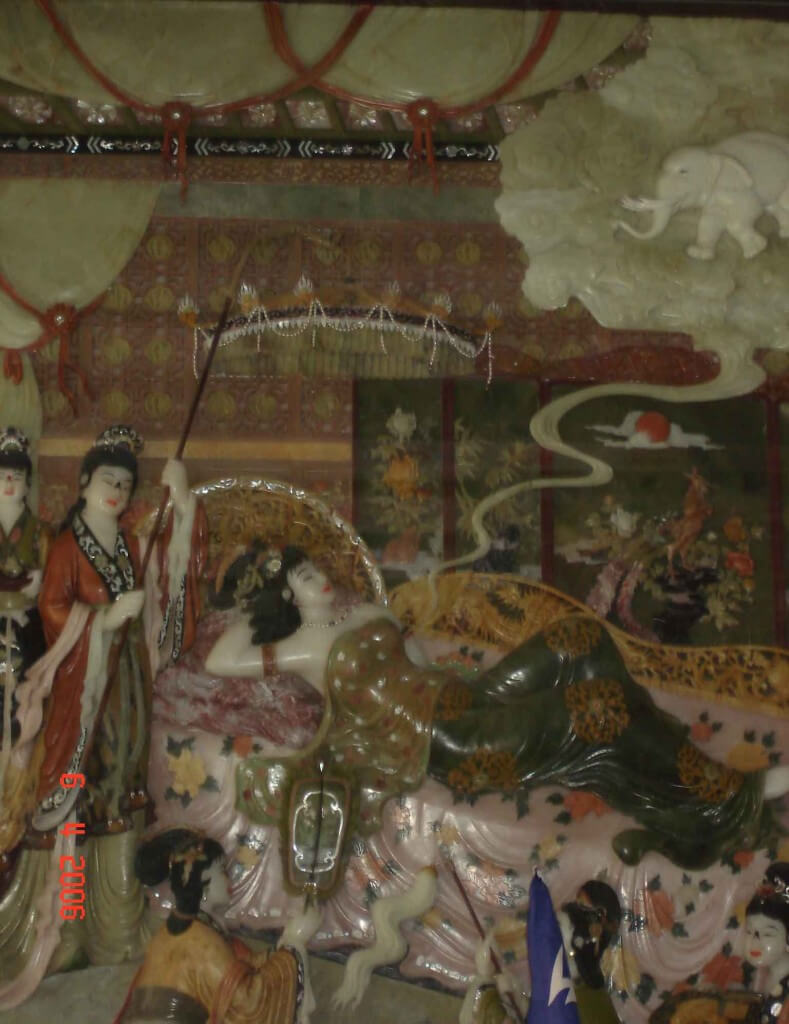
Discover Xian- Big Wild-Goose-Pagoda- Section of a beautiful mural chiseled on the Interior wall in the Hall of Xuanzang Sanzang
Tang Dynasty Arts Museum
Tang Dynasty Arts Museum is situated in Qujiang Scenic Spot near the Big Wild Goose Pagoda. Interestingly, this museum was built with investments from both China and Japan. It is built in the graceful courtyard architectural style of the Tang Dynasty. It has six exhibition halls which provide examples of life during the Tang Dynasty covering Chinese Custom and folklore, poems and calligraphy, sculpture and paintings, all depicted at the height of the Tang Dynasty.
Our tour group visited the second exhibition hall briefly, which displays dress and adornments, pottery and porcelain, Chinese Customs and folklore including music and dance and many other items. It was a fascinating insight into the Tang Dynasty culture of that period in history.
We then visited the third hall which houses the poems and calligraphy of the Tang Dynasty. Poems and calligraphy are a most important component of Chinese Culture and here we enjoyed a demonstration of calligraphy in various styles. There were also many beautiful quality Chinese scrolls adorning the walls in this hall, which some member of our tour group found very hard to resist.
The grounds of the Da Ci’en temple are beautifully laid out, and it is a very pretty and peaceful setting to enjoy a few quite moments, or a stroll through the gardens.
Discover the North Square of Big Wild Goose Pagoda Xian
Surrounding the Big Wild Goose Pagoda is the North Square, a huge area with colorful gardens, water features, 22 styles of musical fountains, plus wonderful groups of life like sculptures in bronze depicting Tang Dynasty figures.
In this area also are a large variety of food and souvenir stalls. Unfortunately we weren’t there in the evening, but I believe there is a magnificent fountain display at night which is a really worth seeing.
Xuanzang Buddhist Monk and the Big Wild Goose Pagoda of Xian
The travels of Heirarch Xuanzang are a fascinating journey in their own right. There is a large statue of Xuanzang, the legendary Chinese Buddhist Monk, translator and traveler, in the square outside the Big Wild Goose Pagoda, before you enter the grounds of the Da Ci’en Temple complex.
Briefly, Xuanzang started from Chang’an (now Xian) along the great silk road, traveling across deserts and mountains before finally reaching India. Over a 17 year period he traversed over 100 countries returning to China with Buddha figures, 657 kinds of sutras, and several Buddha relics.
On his return, royal permission was given by Emperor Gaozong, for Xuanzang, as the first abbot of Da Ci’en temple, to supervise the building of a pagoda inside the Temple grounds. This pagoda is the Big Wild Goose Pagoda. Xuanzang was then permitted to invite 50 hierarchs into the temple to translate the sutras from Sankrit into Chinese. This was an enormous task which on completion totaled 1,335 volumes. It was also an amazing achievement by the Chinese at that time in history.
During this period on the request of the Emperor, Xuanzang completed his book ‘Great Tang Records on the Western Regions’. This amazing work by Xuanzang has become one of the primary sources for the study of Central Asia and India during the medieval period. It provides a preserved record of the political and cultural aspects of the lands Xuanzang visited during his travels, which exists no where else in such detail.
The first translation of his book ‘Great Tang Records on the Western Regions’ occurred in 1857, in French, by the Sinologist, Stanislas Julien.
Related Posts:
- Top Five Attractions in Beijing
- The Marble Boat
- The Forbidden City China
- The temple of Heaven Park
- Lama Temple
- Great Wall of China
- China a most attractive destination|Top ten places to visit China
- Xian City Wall
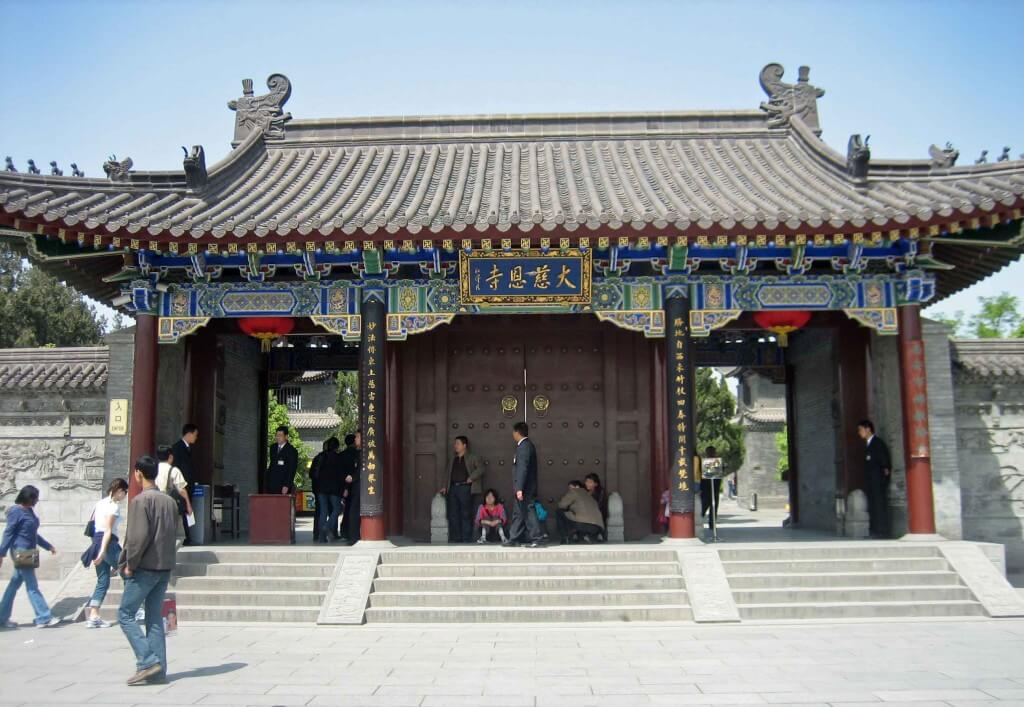
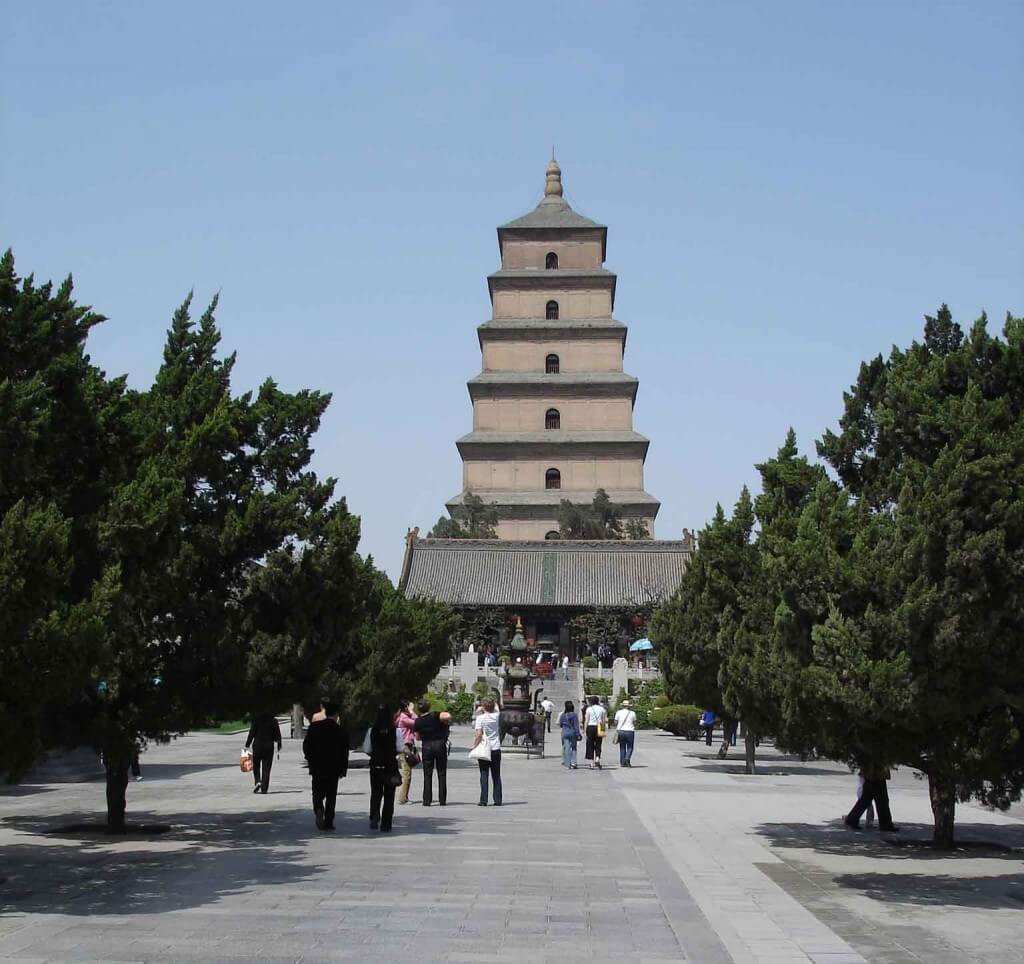
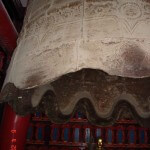
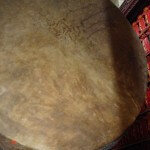
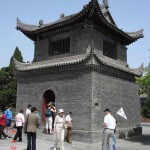
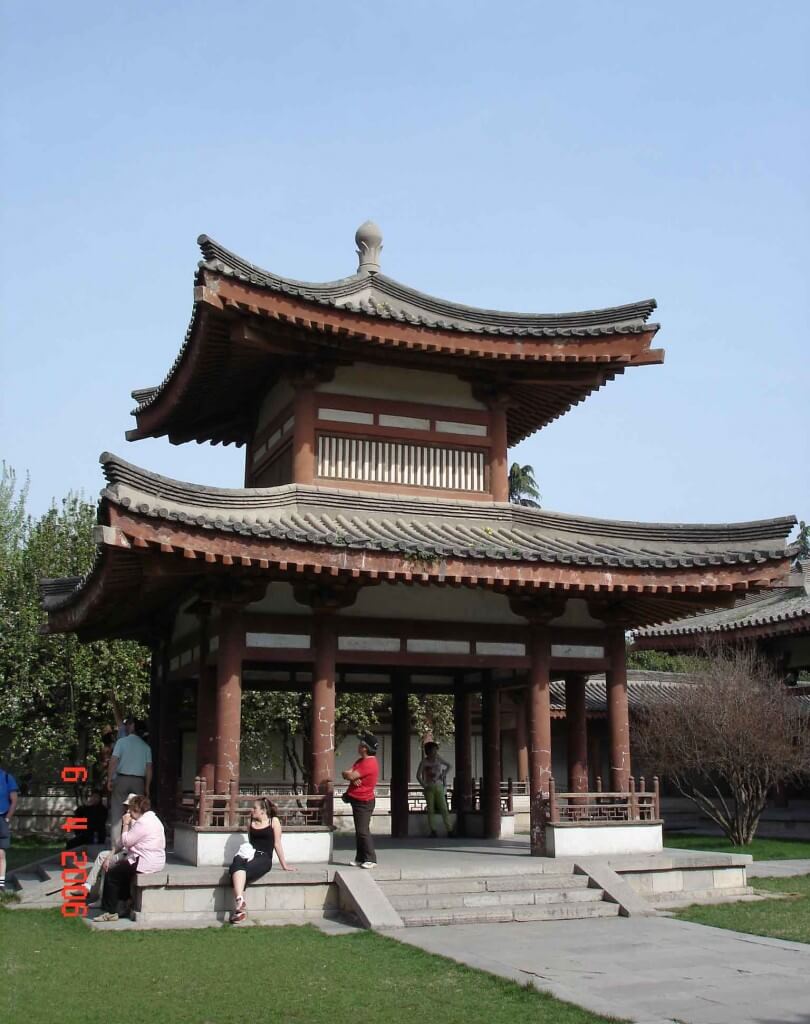
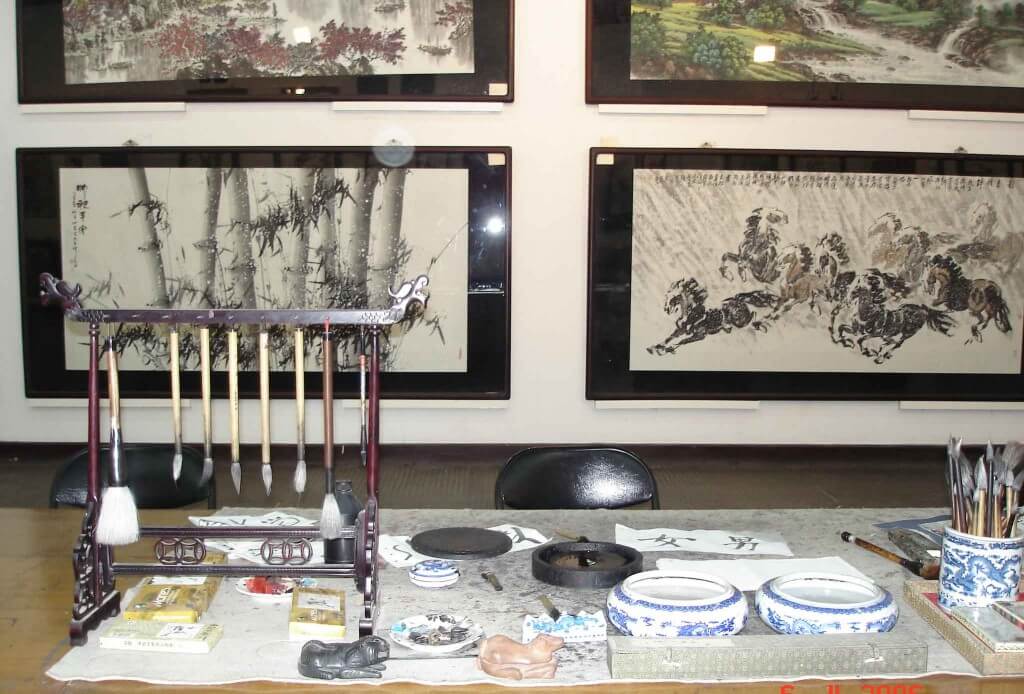
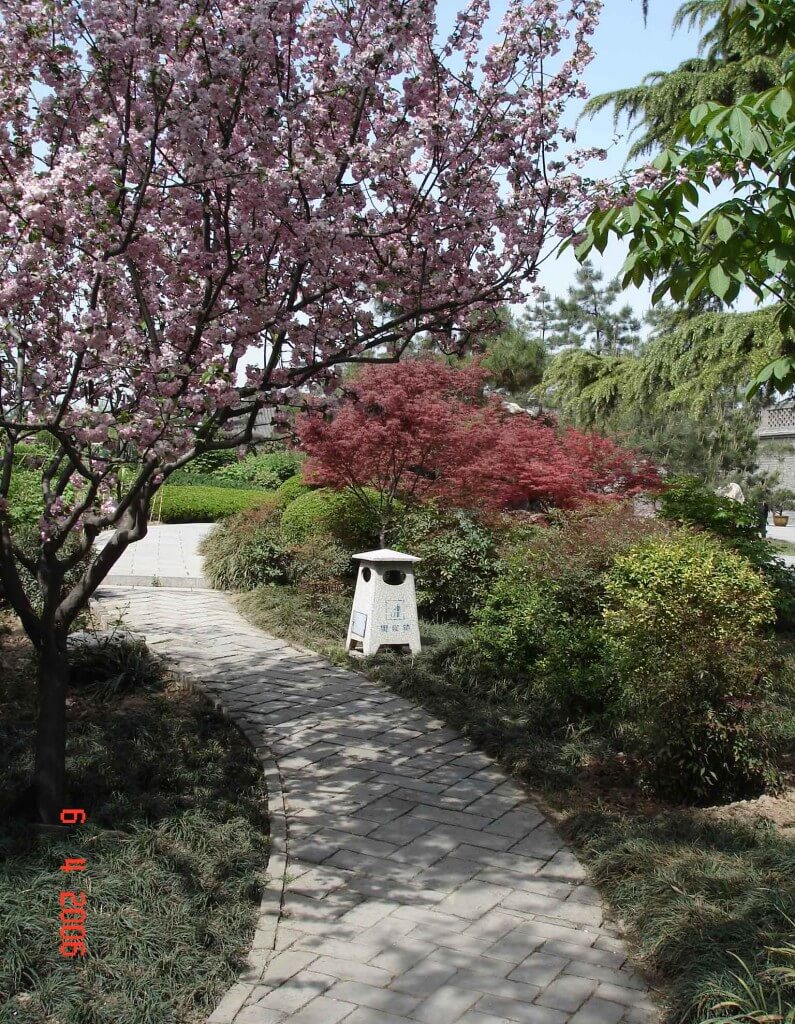
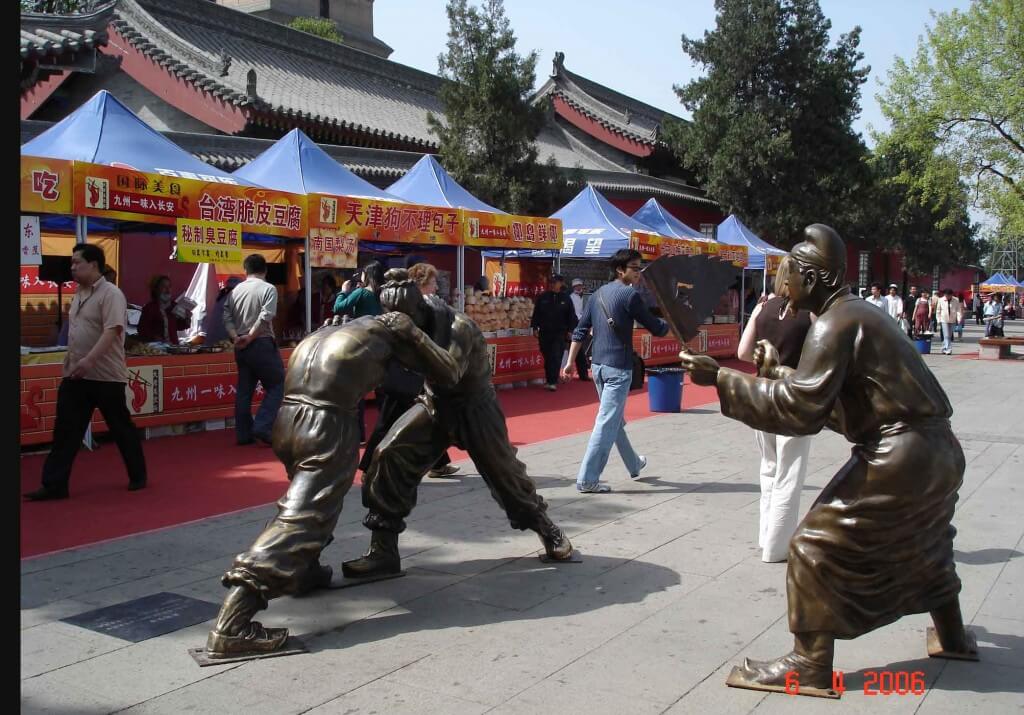
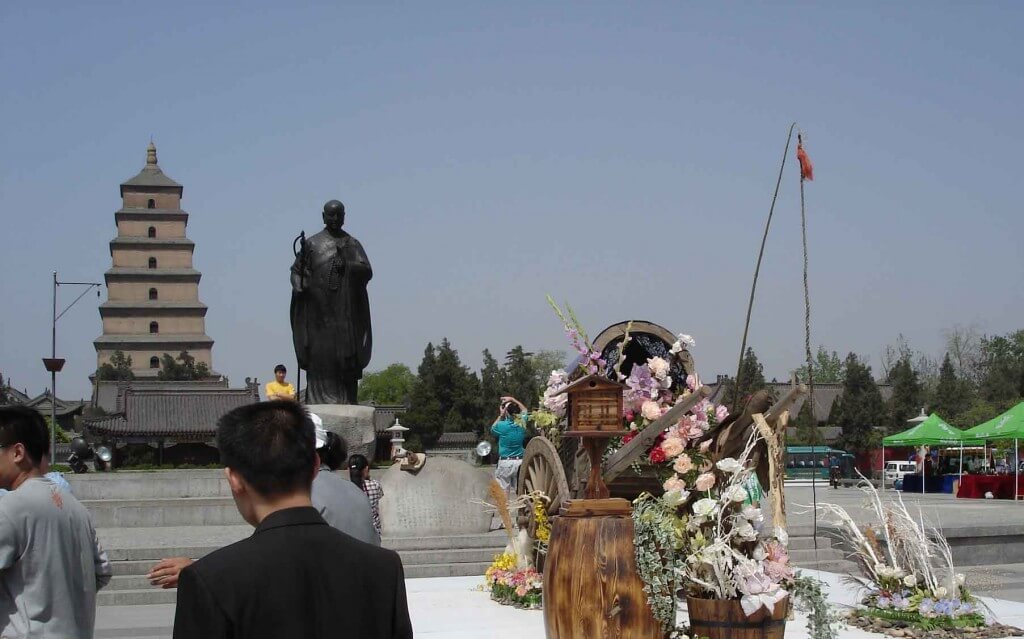
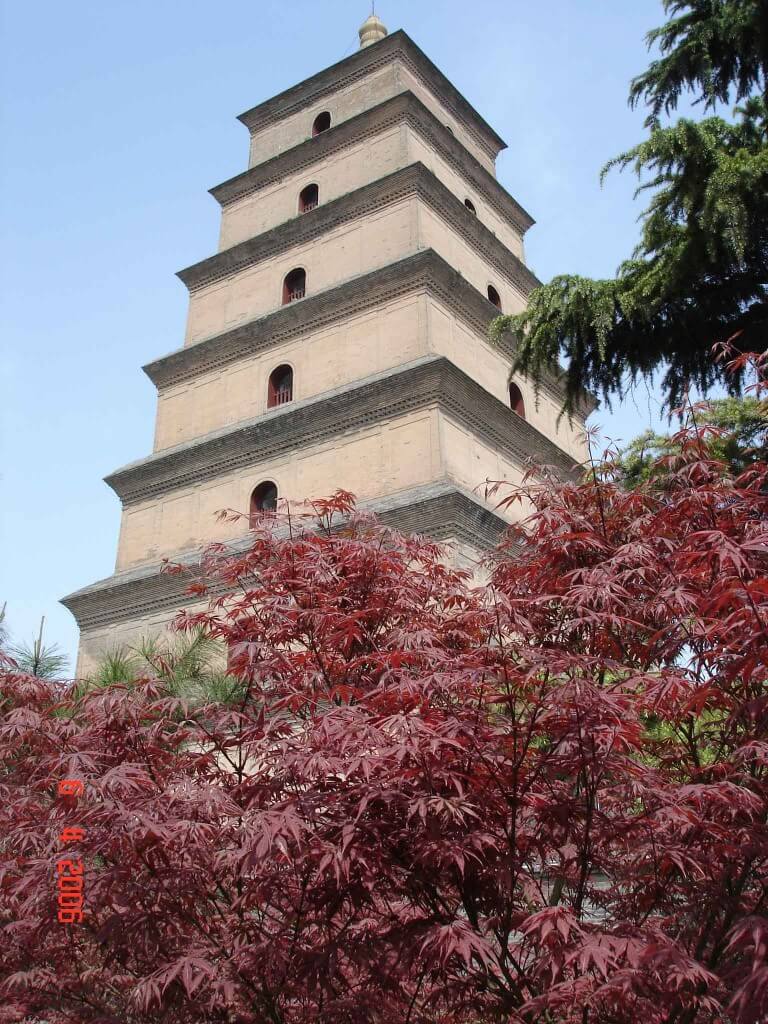
Speak Your Mind